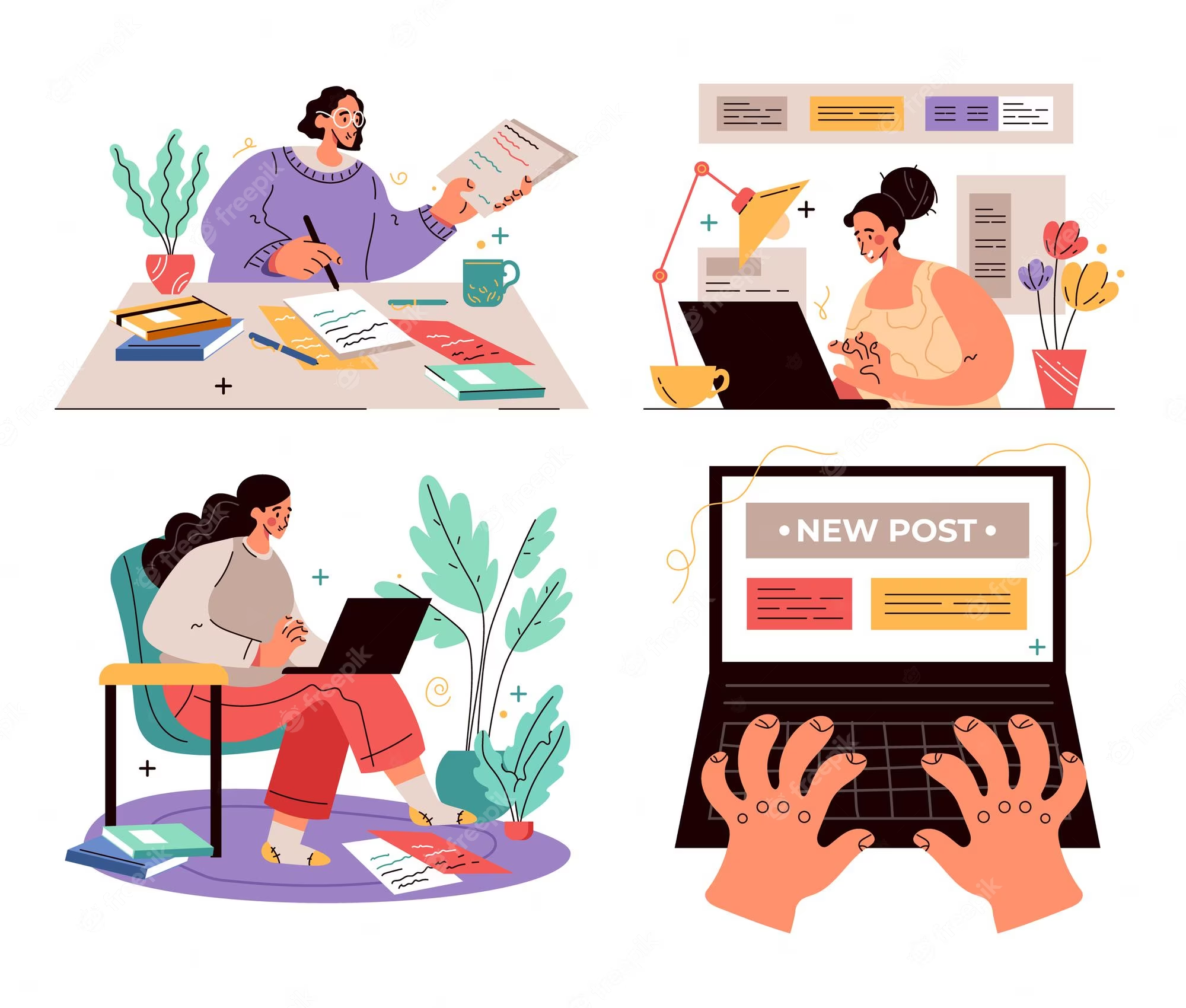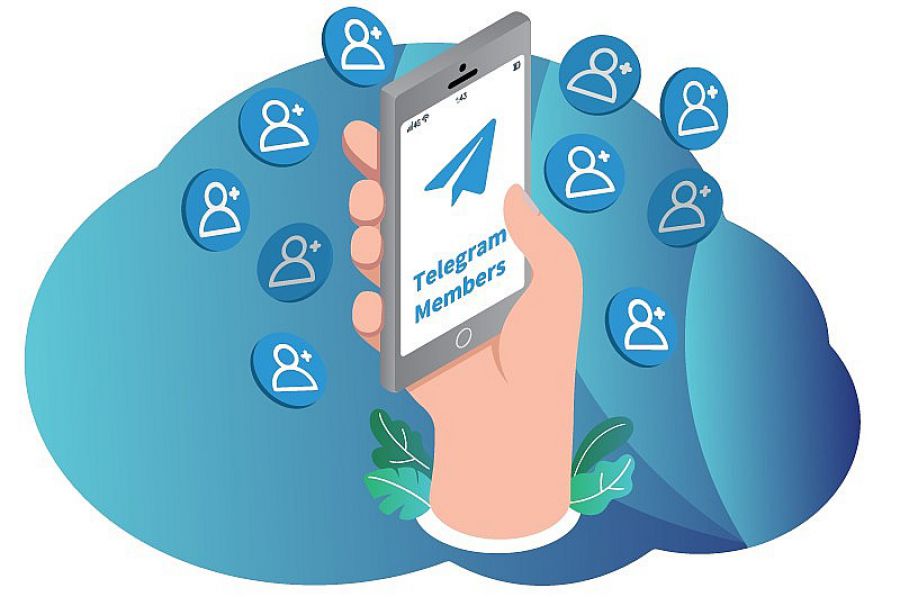Copywriter's Lifehacks: How to Write Catchy Titles and Headlines

In a world saturated with information, the ability to capture and maintain attention becomes more valuable than gold. And here, headlines play a crucial role. A good headline can hook the reader within seconds, spark interest, and push them to read further. Regardless of whether you're crafting an advertisement, an article, or a post, the skill of creating engaging headlines is an essential part of copywriting.
In this article, we will explore how to create effective headlines and discuss key principles that will help you stand out among the competition and create attention-grabbing headlines that act as magnets for drawing attention.
The importance of headlines in texts and advertisements
A headline is the first thing a reader sees when encountering a text. It's like a beacon that attracts attention and guides one's understanding of the content. The importance of headlines in texts and advertisements cannot be overstated, as they hold a decisive role in the success of any message. Here's why:
- Attention Grabbing: In the world of information overload, people are faced with a massive stream of data every day. The headline acts as a "hook" — it needs to be compelling enough to make the reader pause and read further.
- Content Conveyance: A headline must succinctly convey the main idea of the text. Upon seeing the headline, the reader should understand what the text will be about. It aids in orientation and helps readers select topics of interest.
- Emotional Connection: A good headline can evoke emotions in the reader. It might elicit a smile, curiosity, excitement, or even irritation, depending on the context and purpose of the text.
- Enhancing Readability: Humans tend to skim through text quickly, and a headline aids in this process. It structures information, making the text more accessible and easy to comprehend.
- Role in Advertising: In advertising materials, a headline acts as a "trap" for potential customers. It should prompt action, pique interest in a product or service, and outline benefits and value for the consumer.
- Differentiation from Competitors: In competitive fields, a well-crafted headline can set your content apart from a multitude of similar offerings. It forms the initial impression and shapes the perception of a brand or author.
In short, a headline serves as the calling card of a text or advertisement. It carries a significant responsibility for the first impression and can be a pivotal factor in a reader's decision to delve deeper or move on.
Understanding the target audience: who are they and what do they want?
Audience analysis is the process of studying and understanding the characteristics, interests, needs, and behavioral patterns of a group of people you intend to engage with your texts and advertisements. A deep understanding of your audience will enable you to tailor your headlines to closely match the expectations and requirements of your potential readers or clients. Here are the key steps in audience analysis:
-
Demographic Characteristics: Strive to study approximate age, gender, education, income, and location of your audience. These data points will help you comprehend who you are dealing with and what interests this group holds.
-
Behavioral Characteristics: Explore their preferred sources of information, online activities, social media usage, and more. This will help you determine the best ways to convey your message to them.
-
Psychographic Characteristics: Attempt to grasp their values, beliefs, interests, hobbies, and lifestyles. This will aid in crafting headlines that resonate with their inner world.
-
Problems and Needs: Identify the problems and needs your target audience faces. Your headlines can address the solutions to these specific issues.
-
Goals and Motivations: Try to understand what drives your audience, what goals they pursue, and what motivations are important to them. Headlines can encourage them toward achieving these objectives.
-
Competitive Environment: Analyze which resources and competitors attract your audience. This will assist you in standing out and offering something unique.
By delving into these aspects, you can create headlines that genuinely resonate with your audience, making your content or advertisement more compelling and effective.
Basic principles of eye-catching headlines
Brevity and conciseness: essence in a few words
A headline serves as an instant introduction to your content. It should be concise and easily readable. Use the fewest words possible to accurately convey the main idea. Brief headlines capture attention quickly and leave a stronger impression.
Example:
- "I Struggle to Wake Up on Time and Keep Being Late. How Can I Wake Up Early Without an Alarm Clock?"
Good, but too long and challenging to read. It can be shortened to:
- "How to Wake Up Early and On Time"
- "Easy Ways to Get Up Early Every Morning"
- "Wake Up in 1 Minute: Quick Techniques"
Problem and promise: engage with the problem, offer a solution
People pay attention to what solves their problems. A headline can emphasize the reader's ownership of the problem and provide a promise of a solution. This creates interest and motivation for further reading. Just ensure the text delivers on the promise made in the headline.
For instance, if your article is about writing compelling headlines: "Copywriter's Lifehacks: How to Write Catchy Titles and Headlines" The reader came to the page to learn about creating captivating headlines. If the article delves into intricate details of copywriting, definitions of headlines, and clichéd advice, chances are the reader would have left before even reaching this point.
Intrigue and riddle: urge to read for revelation
A headline containing a riddle or hint of mystery sparks curiosity. Readers are drawn to solve the puzzle, pushing them to read the text. Leave a portion of information concealed to intrigue. Ideally, the headline should trigger a thought: "What could be written there? I should go back and read."
Example:
- "The Secret That Boosted My Sales by 5 Times"
Strong emotions: evoke feelings, trigger recognition
Emotions play a crucial role in grabbing attention. A headline that triggers emotions like excitement, laughter, fear, or nostalgia tends to stay in memory. Using sensory words and associations can foster recognition and connection with the audience. Remember, evoking an emotion is easier than convincing someone to make a purchase through logic.
Examples:
- "You've Worked Hard All Week – Now Treat Yourself"
- "Chills Down Your Spine: Top 5 Horror Movies of 2023"
- "Tired of Commuting Through Rain and Snow? Enroll in Programming Courses and Start Remote Work"
Numbers and statistics: promise tangible benefits
Numbers attract attention and provide a sense of specificity. A headline with numbers can promise direct benefits or results. People tend to trust statements backed by numbers or statistics.
Interesting Fact: A study by the Content Marketing Institute showed that headlines with odd numbers get 20% more clicks than those with even numbers.
Example:
- "9 Reasons to Use Numbers in Headlines"
- "15 Effective Headline Templates for Boosting Sales"
Techniques and lifehacks for effective headlines
Use of questions: stimulating thought
Question headlines engage the reader's thinking. They prompt reflection and involve the reader in the process of seeking an answer. Questions can raise a problem relevant to the audience, encourage consideration of their needs, or spark interest in a specific topic.
Example:
- "Want to Learn How to Double Your Productivity in a Week?"
Direct speech and address: creating intimacy
Using direct speech or addressing the audience directly fosters a sense of personal communication. Readers can more easily absorb information when they feel that you are speaking directly to them.
Example:
- "Dear friends, imagine this scenario..."
Use of contrasts: creating surprise
Comparing different concepts or states in a headline can create a contrast that grabs attention. Contrasts result in an unexpected combination of words, which may make the reader contemplate their connection.
Example:
- "From an Empty Room to a World of Possibilities: Interior Design Secrets."
Employing strong words and epithets: amplifying effect
Strong and vivid words give a headline strength and emotional color. Epithets help create a more vivid and memorable expression.
Example:
- "Irresistible Beauty: Secrets of the Perfect Makeup."
Wordplay and puns: attracting attention
Wordplay, puns, and verbal jokes can add originality and humor to a headline. This evokes positive emotions and makes the headline more appealing. However, exercise caution and use them only where appropriate.
Example:
Copy editors for The Los Angeles Times dropped an “o” from a word to create this headline, an ACES award winner:
- "A circuit bard for Silicon Valley"
Mistakes to avoid
Cliches and banality: how to retain audience attention
Avoid cliched and worn-out phrases. Readers often disregard headlines that sound standard and lack novelty. Strive to devise original ways of expressing ideas to capture your audience's attention.
Examples:
- "Health Secrets: How to Stay Strong and Healthy?"
- "Office Window Repairs - Quick, Reliable, and Affordable"
Clickbaits and deceptive headlines: the importance of content alignment
Don't create headlines that promise amazing content but fail to deliver value. This will disappoint your audience and erode trust in your headlines in the future. The headline should honestly reflect the content of the text.
Example:
- "Sensational Discoveries: Secrets of Eternal Youth (Which Are Actually Just Regular Skincare Tips)"
AVOID WRITING IN ALL CAPS
Using all capital letters (CAPS LOCK) in a headline can give the impression that you're shouting at the audience. This might push readers away rather than grab their attention. Research has long shown that all-caps text is harder to read than regular text.
Example:
- "THE MOST IMPORTANT SUCCESS SECRET YOU CAN'T MISS!"
Keep your language inclusive and respectful
When crafting headlines, ensure that your language is inclusive and respectful to all members of your audience. Avoid using discriminatory or offensive language that could alienate or offend certain groups. Respecting the diversity of your audience enhances the credibility and appeal of your content.
Testing and optimization of sales headlines
A/B testing: how to find the most effective sales headline
A/B testing is a methodology that allows you to determine which of two (or more) headline variations attracts more attention and actions from the audience. It's a powerful tool for optimizing headlines. The process is as follows:
- Variation Selection: Create multiple headline variations that you want to compare. It's important that they differ in specific elements you want to test (such as structure, emotions, or the use of a question).
- Audience Split: Divide your audience into two groups. Show one group one version of the headline (Variant A) and the other group a different version (Variant B).
- Data Collection: Track which headline version receives more clicks, views, or other metrics depending on your goal.
- Results Analysis: After collecting data, compare the results. Determine which headline had higher performance metrics.
- Application of Knowledge: Use the winning headline variant in your content and monitor its effectiveness for sales.
Statistics and results analysis
After conducting A/B testing, it's important to analyze the gathered data:
- Quantitative Analysis: Count how many clicks, views, or other actions were performed for each headline variant. Evaluate which variant showed higher metrics.
- Statistical Significance: Check how statistically significant the results are. This helps eliminate random differences and ensures that the difference in metrics is truly due to the headline change.
- Trend Analysis: Analyze which elements in the headlines could have influenced the results. These could include emotions, structure, length, and other parameters.
- Application of Experience: Use the acquired knowledge to optimize headlines in future content. Experience and statistics will help you better understand what works for your audience.
Testing and analysis will continually help you refine your headlines, making them more appealing and effective for your target audience.
Conclusion
The art of headline writing plays an enduring role in successfully capturing and retaining an audience's attention. The headline serves as a bridge between your content and the reader, determining whether your content will be read or ignored. A well-crafted headline can make information more engaging, significant, and accessible to the audience, and in the case of sales, it directly impacts sales as well.
As with any field, practice plays a crucial role in honing headline-writing skills. Experiment with different techniques, conduct testing, and analyze the results. The more you practice, the closer you'll get to creating headlines that attract attention and effectively convey the essence of your message.
Useful article on a similar topic:
- How to find best content Ideas in minutes.
Try Popsters Trial plan to get content activity statistics of any pages for a next 7 days for free
Try for free









